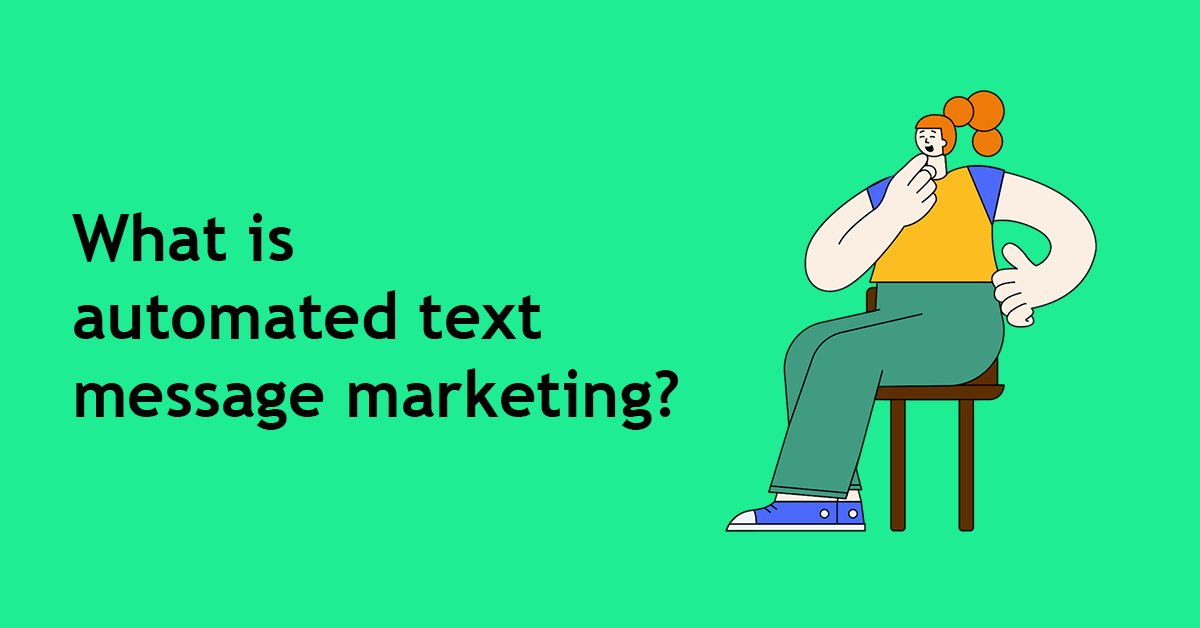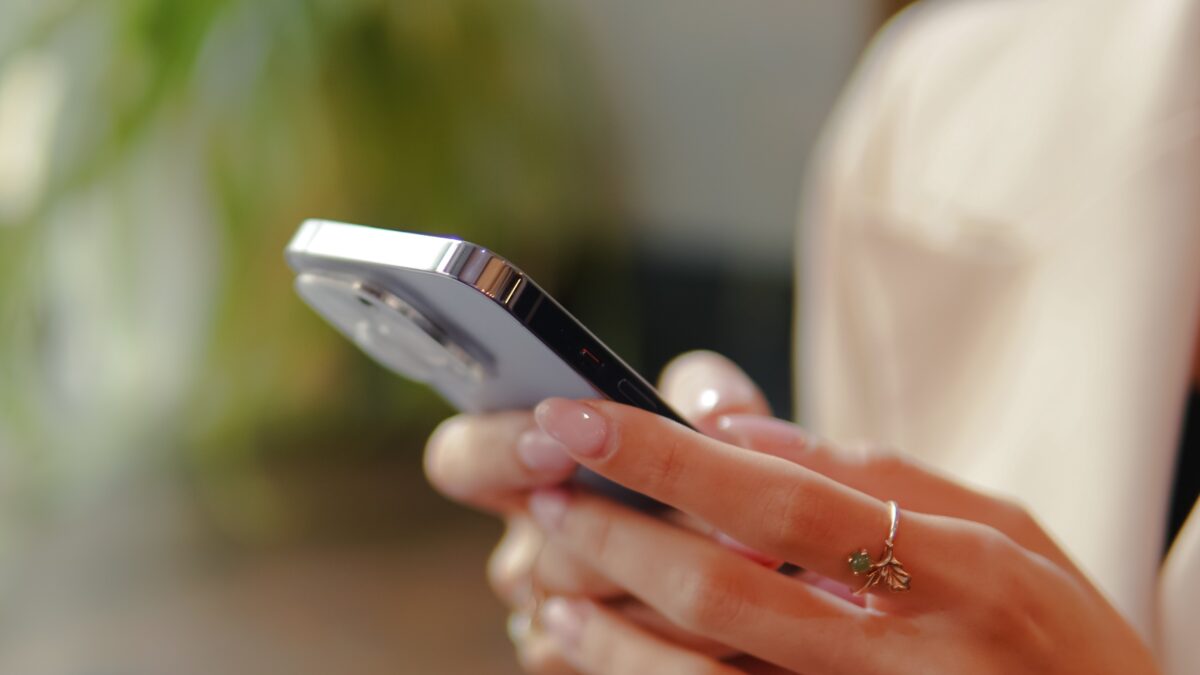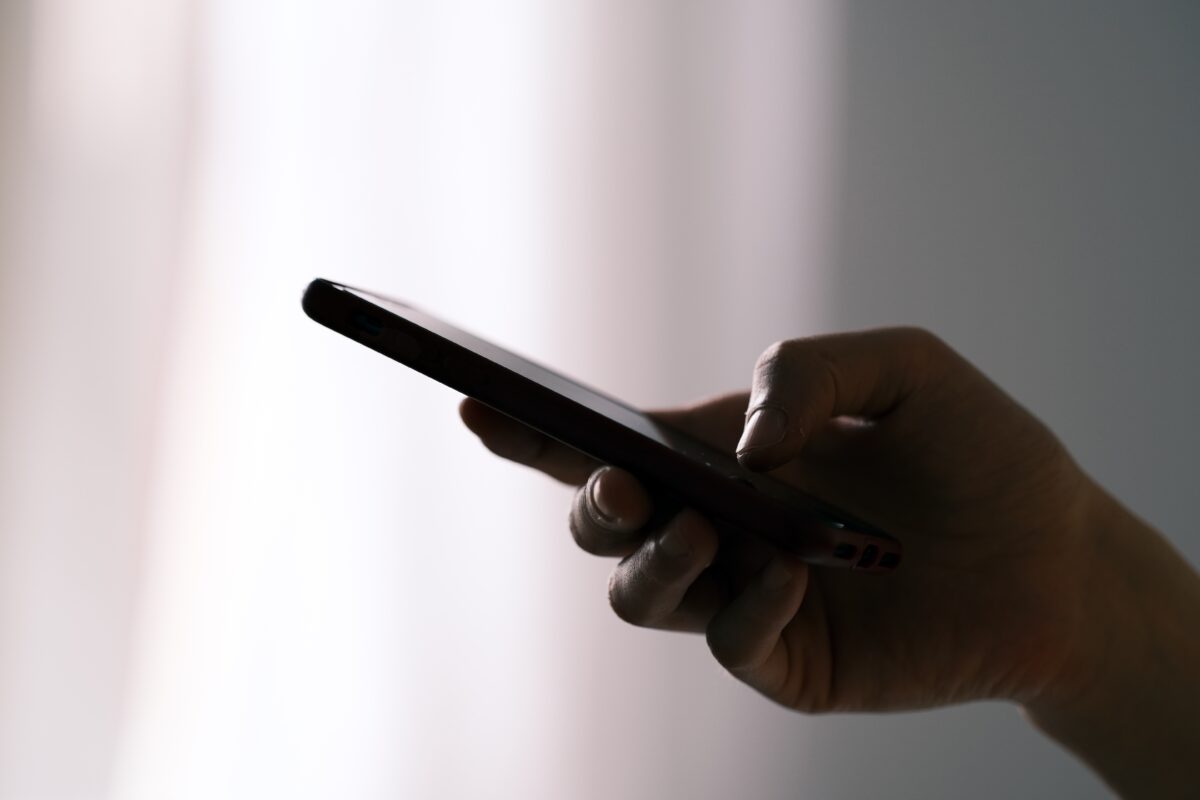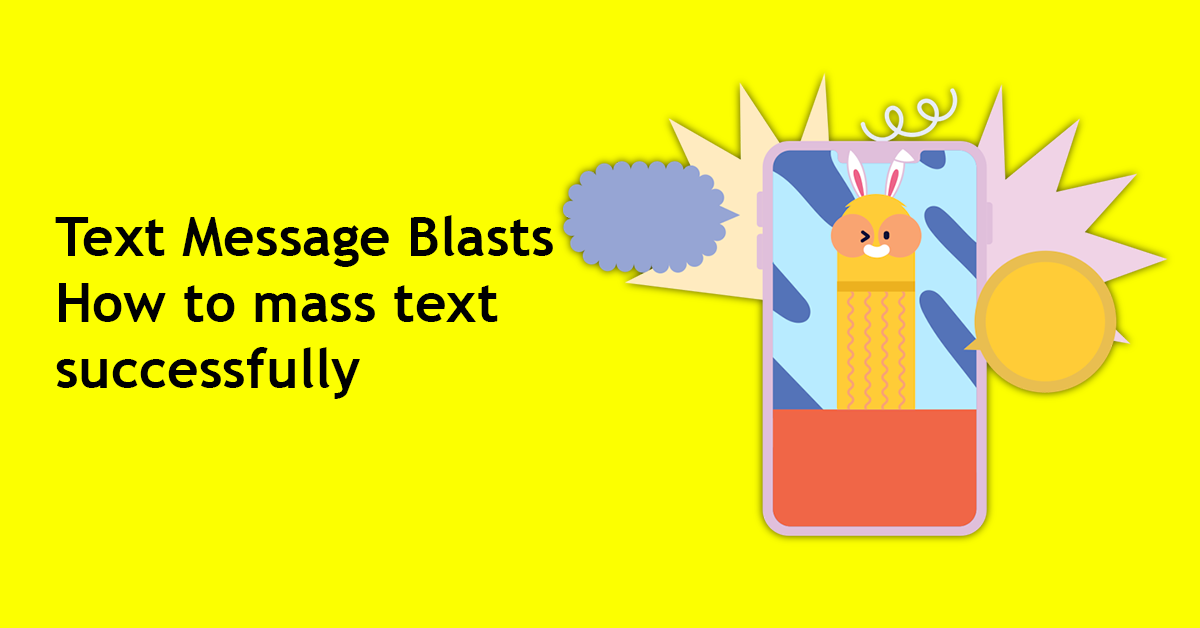SMS marketing remains one of the most powerful tools for directly connecting with your audience. With an open rate of over 90 percent and a response rate significantly higher than email, it’s clear that when done right, SMS marketing success can drive impressive results. But … Continue reading “SMS marketing strategy: How to build and optimize campaigns that convert”
Top 6 SMS marketing benefits: Why SMS marketing works
Brands are constantly seeking new ways to reach their audience directly and meaningfully—and that’s where SMS marketing shines. Fast, personal, and remarkably effective, SMS marketing has emerged as one of the most powerful and dependable tools in a marketer’s toolkit. Unlike other channels, SMS offers … Continue reading “Top 6 SMS marketing benefits: Why SMS marketing works”
Carrier violations: What to avoid during SMS text marketing
Text messaging, also known as SMS marketing, is a powerful tool that enables you to contact people directly. But carrier violations may be preventing your texts from being delivered. According to Smart Insights, 97 percent of text messages are read within 15 minutes of delivery, … Continue reading “Carrier violations: What to avoid during SMS text marketing”
Automated text message marketing
What is automated text message marketing? Automated text message marketing is sending text messages on a pre-determined schedule or sending when certain conditions are met. These types of messages are often called bulk text messages, broadcast text messages or mass text messages. For example, sending … Continue reading “Automated text message marketing”
How to write a text message: 8 tips on writing a text that won’t get ignored
SMS, or text messages, still is the most used messaging platform. According to Business.com, 97% of people text at least once a day, and since a traditional email spam filter does not screen SMS (see carrier violations, though), a business incorporating SMS into its marketing … Continue reading “How to write a text message: 8 tips on writing a text that won’t get ignored”
Franchise SMS marketing: How to grow subscribers
With SMS marketing continuing to grow in popularity, every franchise should work it into its digital marketing strategy. But with strict opt-in procedures required, you can’t leap into your first text message campaign before you have a confirmed subscriber list (regardless of how many contact … Continue reading “Franchise SMS marketing: How to grow subscribers”
8 reasons to employ an SMS marketing strategy
When you’re in the marketing industry, it’s well-known that some of the most popular marketing strategies bank on short-form social media content creation, influencer marketing, and other forms of digital marketing. One of the most overlooked methods of reaching an audience in 2024 is SMS … Continue reading “8 reasons to employ an SMS marketing strategy”
What is 10DLC registration for SMS marketing
What is 10DLC registration? 10DLC registration is a process for associating your business with your SMS marketing traffic. More specifically, it registers your ten digit long code (10DLC) sending numbers with the phone carriers and help you stay in compliance. In the fall of 2023 … Continue reading “What is 10DLC registration for SMS marketing”
10 SMS marketing best practices for franchises
As a franchise business, you have a lot to juggle, but SMS marketing should be part of your digital marketing strategy to maximize results. And we’re here with SMS marketing best practices you can start using today. And, if you aren’t using SMS marketing, you … Continue reading “10 SMS marketing best practices for franchises”
Text message blasts: How to mass text successfully
What is a text message blast? A text message blast, also known as a mass text, is sending a text message to your entire audience or a significant portion of your audience. An email blast is similar to an text blast, but sends emails. Mass … Continue reading “Text message blasts: How to mass text successfully”
4 tips to grow your SMS marketing subscribers
With SMS text message marketing continuing to grow in popularity, every business should work it into its digital marketing strategy. But with strict opt-in procedures required, you can’t leap into your first text message campaign before you have a confirmed subscriber list (regardless of how … Continue reading “4 tips to grow your SMS marketing subscribers”
Text compliance: 9 tips to keep your business out of trouble
While SMS marketing is an effective tool to reach your customers and new leads, there are important rules to follow for text compliance. A text message sent through an SMS marketing campaign, on average, should experience a 98 percent open rate. This easily beats email … Continue reading “Text compliance: 9 tips to keep your business out of trouble”
SMS marketing ideas and how to get started
Ready to use SMS marketing but not sure where to start? SMS marketing is a type of digital marketing that communicates promotions, sales, coupons, confirmations, news and other updates to your potential and existing customers (who’ve opted in) through text messages on their mobile devices. … Continue reading “SMS marketing ideas and how to get started”
9 do’s and don’ts of SMS text message marketing
It’s tough to beat SMS text message marketing when it comes to digital marketing tactics. Text messaging is fast, direct, efficient and relatively inexpensive when compared to other advertising tactics (such as Google Ads). Short message service (SMS) marketing is a form of marketing that … Continue reading “9 do’s and don’ts of SMS text message marketing”
How to measure the success of your SMS marketing campaign
It’s impossible to create and execute successful SMS marketing campaigns without measuring key metrics. SMS marketing involves sending promotional campaigns or transactional messages for marketing purposes using text messages. About 81 percent of Americans use text messaging. Text message open rates are as high as … Continue reading “How to measure the success of your SMS marketing campaign”
SMS Marketing Examples: 9 ways to use text message marketing
We’ve picked 9 of our favorite SMS marketing examples that you can use immediately for your business, team, or online store. Text message marketing is powerful. In fact, text message marketing generates response rates as high as 45 percent. And about two-thirds of consumers have … Continue reading “SMS Marketing Examples: 9 ways to use text message marketing”
8 tips to write an effective marketing text message
SMS text message marketing can be the most effective method of mass communication. Compared to emails, text messages can be more powerful. They have a 98 percent open rate compared to 20 percent in emails, and consumers are 4.5 percent more likely to respond to … Continue reading “8 tips to write an effective marketing text message”
Text Message Campaign – 6 things to know before starting
What is a text message campaign? A text messaging campaign allows you to interact with your customers through text messages, which can feel more personal than emails. Also known as SMS marketing text message campaigns have an engagement rate that’s three to seven times higher … Continue reading “Text Message Campaign – 6 things to know before starting”
8 tips to maximize your SMS marketing strategy
Every business should have an SMS marketing strategy as part of its larger digital marketing efforts. SMS marketing is the use of text messages to convey your message to potential (and current) customers. It’s also the way many consumers prefer to communicate. About 75 percent … Continue reading “8 tips to maximize your SMS marketing strategy”
SMS marketing best practices for maximum results
The SMS marketing best practices listed below should be part of your text message marketing strategy. And, if you aren’t using SMS marketing. You should be. Why? About 85 percent of consumers in one study say they want to receive text messages from brands. And … Continue reading “SMS marketing best practices for maximum results”
Long code vs short code in text message marketing
The different types of SMS marketing capable numbers There are 3 types of numbers you can use for SMS marketing in the United States. Short codes A short code is a special 5- to 6-digit number used to send SMS or MMS messages. For example, … Continue reading “Long code vs short code in text message marketing”





















